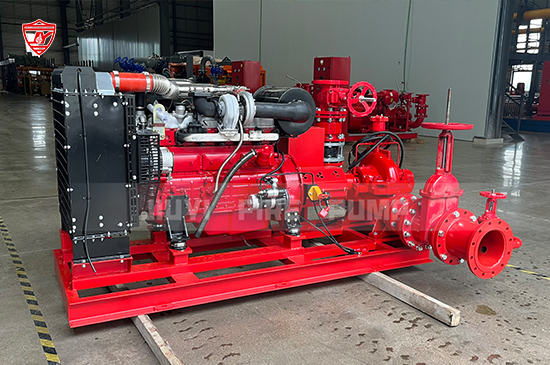Flooding is one of the most devastating natural disasters, causing severe damage to infrastructure, property, and even lives. While fire pumps are traditionally used for fire suppression, their high-capacity water-moving capabilities make them an essential tool for emergency flood control. In this article, we’ll explore how fire pumps can be effectively used to mitigate flood risks and improve disaster response efforts.

Fire pumps are designed to move large volumes of water quickly, making them ideal for flood mitigation. Here’s why they are a valuable asset in flood emergencies:
High-Capacity Water Displacement
Fire pumps, especially diesel-driven and vertical turbine fire pumps, can pump thousands of gallons of water per minute, rapidly reducing water levels in flooded areas.
Reliable Operation in Emergencies
Unlike standard drainage systems, fire pumps are built for high-performance reliability. Diesel engine fire pumps, in particular, can function independently of electrical power, ensuring continuous operation during storms or power outages.
Versatility in Deployment
Fire pumps can be used in a variety of settings, from urban flood-prone areas to industrial sites, helping municipalities, factories, and commercial buildings manage floodwaters efficiently.
Integration with Drainage Systems
Fire pumps can complement existing flood control infrastructure by enhancing water removal speed when traditional drainage systems are overwhelmed.
Fire pumps are not just for firefighting—they are powerful tools for emergency flood control. Their high-capacity performance, reliability, and adaptability make them an essential component of flood mitigation strategies. By incorporating fire pumps into flood response plans, businesses and municipalities can enhance their disaster preparedness and reduce the risks associated with severe flooding.